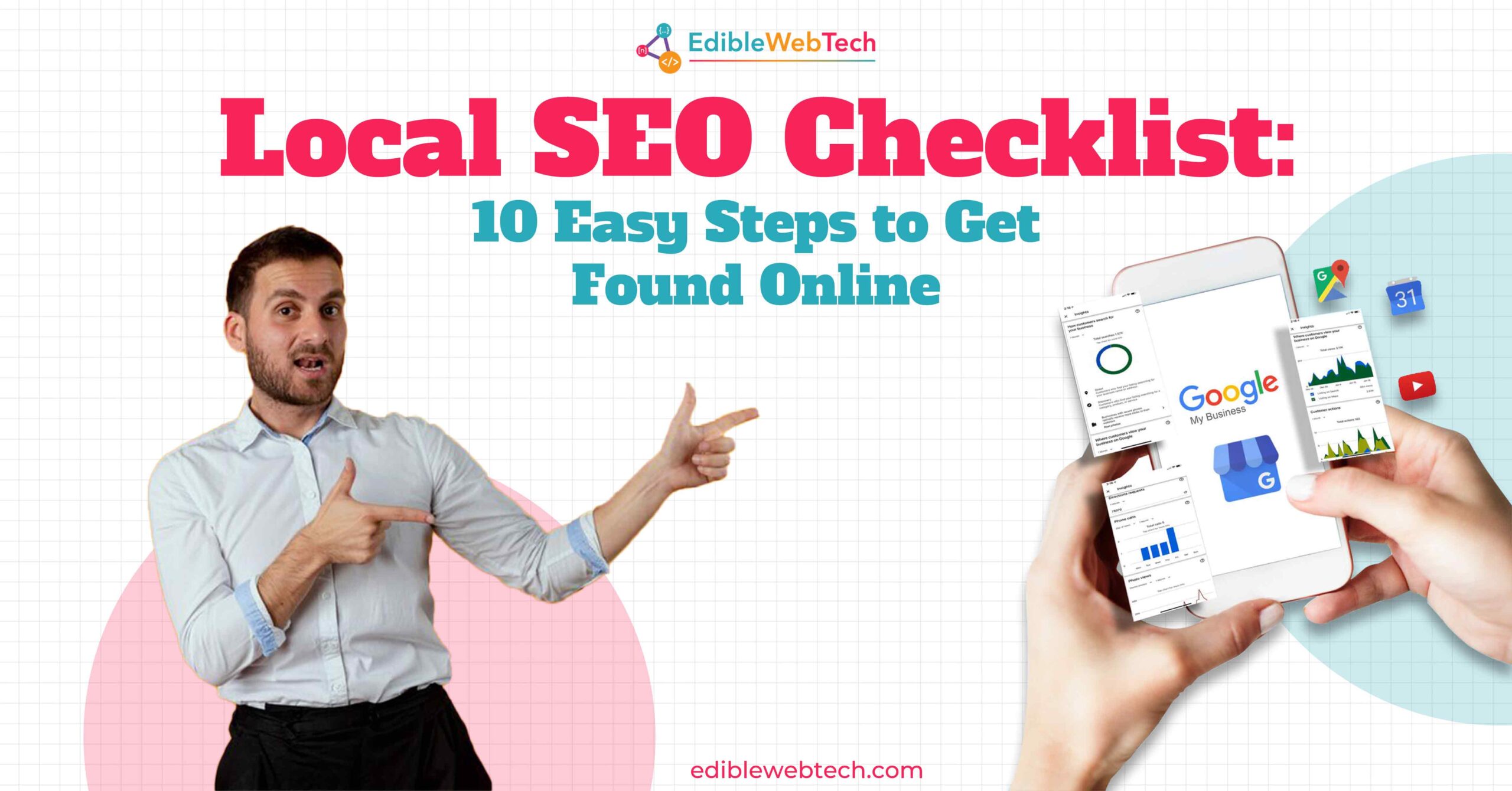Still wondering why your business isn’t attracting more local customers?
The answer lies in local SEO. If your shop does not show up on Google search then you are missing out on customers who are literally around the corner. In digital era, local businesses can no longer rely on word of mouth alone. People search online before stepping into store. And to stand out, you need clear, actionable strategy. That’s exactly why I’ve put together this local SEO checklist — a simple step by step guide to help your small business get found online and attract more local customers.
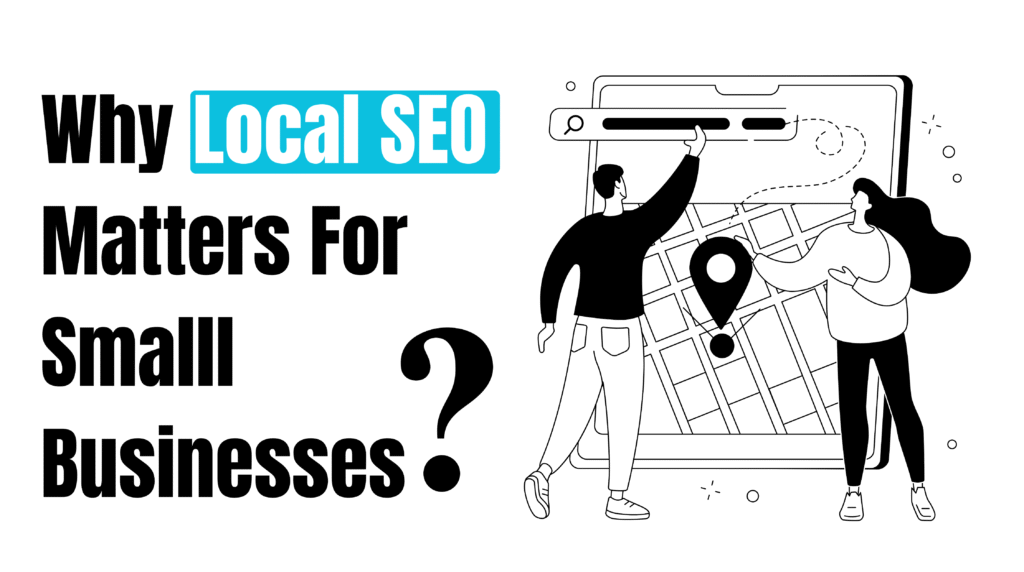
Why Local SEO Matters for Small Businesses
You know 46% of all Google searches have local intent. This means people are searching online for something nearby. If your business is not listed on Google that means you are digging hole for your business. You just need to understand how Google ranks local businesses on SERP without spending huge ad budgets. Google focuses on these three factors:
- Relevance: How well your business niche matches search query of user.
- Distance: How close you are to the users search location.
- Prominence: How well known trusted your business is shown on Google.
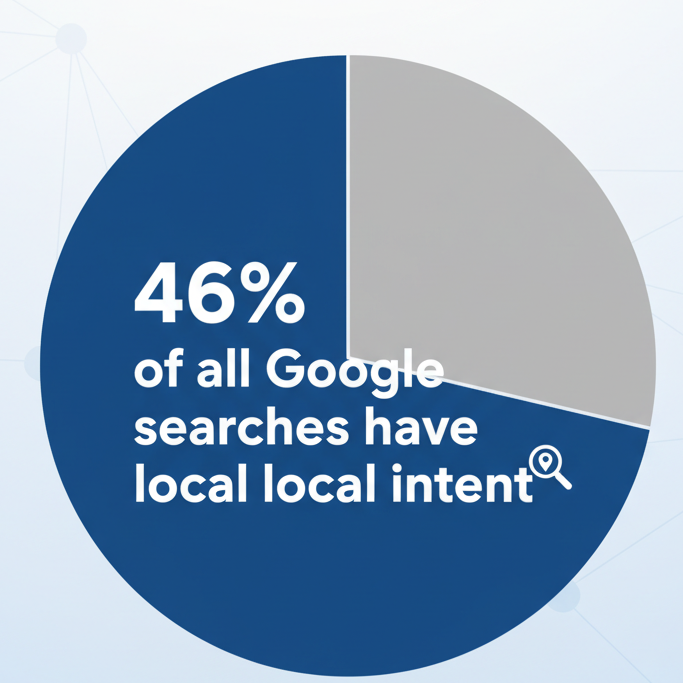
Now lets discuss why small businesses need Local SEO:
1. To Compete with Your Local Competitors
Instead of competing with national brands, you need to compete with your local competitors. You need to rank for local searches for example– ‘bakery near me’, ‘dentist near me’.
2. To get High Traffic on Website
Nearly 50% of local searches lead to store visit within 24 hours which means Local intent = higher conversion rates than general SEO.
3. Cost Effective Marketing
As compared to paid ads, local seo gives better results with minimum cost. This is best option for small businesses who has tight budget and high competition.
4. To Build Trust and Improve Ranking on SERP
Local SEO helps you build business credibility with Google reviews. It shows you are active and customer focused.
5. Mobile Optimization is Must
As you know, most searches occur on mobile devices by users. So your site needs to be fast, mobile-friendly, and easy to navigate.
Now let’s move through each step of this Local SEO checklist to help you climb those local rankings.
Step 1: Optimize Your Google My Business Listing
Google My Business Profile is your basic first step of local visibility. This free tool is your golden ticket to appearing in Google Maps and local search results. You need to make sure you add correct business name, address, and contact no which match across all platforms.
Here are some few things that you should manage in your Google My Business Profile:
- Verify Your Listing: If your verification process is still pending, then you have to do it first. Without verifying your listing, your business is not visible on the SERP.
- Get your NAP right: NAP stands for Name, Address, and Phone number. This might sound basic but NAP consistency is required. Make sure these details are identical everywhere they appear online and I mean everywhere. Even small difference like “Street” versus “St.” can confuse Google.
- Pick the right categories: Choose the most specific primary category that describes what you do. You can also add secondary categories but your main one should be spot on.
- Upload quality photos: Businesses with photos get 42% more requests for directions and 35% more clicks to their websites. Show off your storefront, your products, and your team that give people reason to choose you.
- Write a compelling business description: You have 750 characters to describe your business so add what services you offer and naturally include some location based keywords.
Google My Business optimization is not one time task. Update your hours for holidays, post regular updates, and keep everything fresh. This is part of effective Google Maps SEO too.
Step 2: Conduct Local Keyword Research
Keywords are backbone of search engine optimization. Conducting keyword research for local SEO helps you target high intent and geo specific phrases. You can choose keyword research tools like Google keyword planner, SEMrush, and Ubersuggest to find best keywords for your business like ‘best digital marketing academy in Amritsar’.
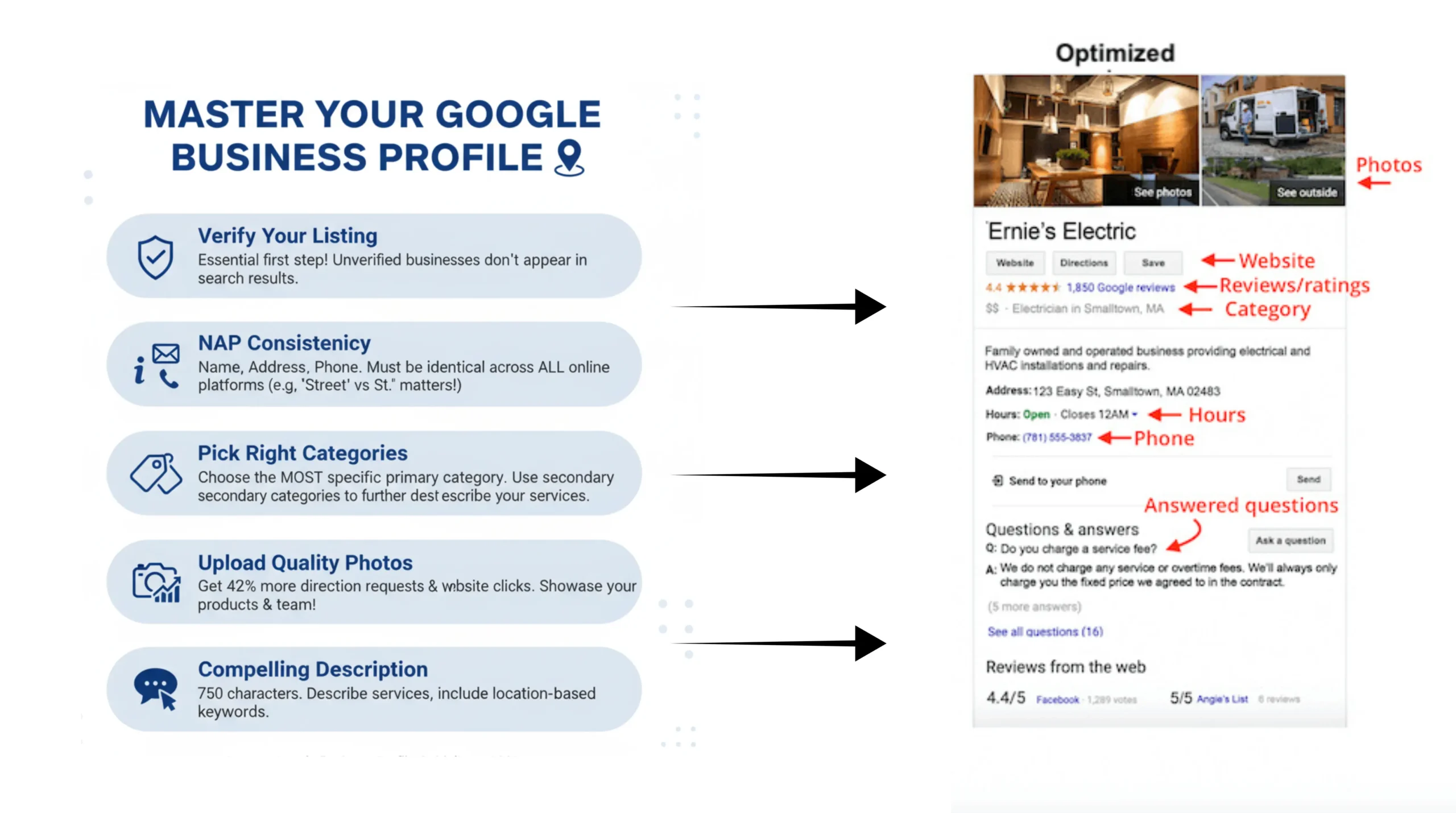
- Use AEO like PeopleAlsoAsk, Answer the Public, and related searches for understanding what your potential customers actually want to know.
- Make a list of 15-20 keywords that feel natural and represent what you actually do. These will guide everything else you do.
Step 3: On-Page SEO for Local Businesses
Your website is digital storefront for your customers. On-page SEO is one of the best ways to increase local website traffic. You need to optimize—
Title tags and meta descriptions: Add your target location to your title tag and meta description of your website like ‘Licensed Plumber in Amritsar,| Ramesh 24/7 Plumbing Services’.
Header Tags: Structure your content with H1, H2, and H3 tags that include local keywords naturally.
Structure Data: Add schema markup so that Google clearly understands your business.
Internal Linking: Link your service pages to relevant blog posts.
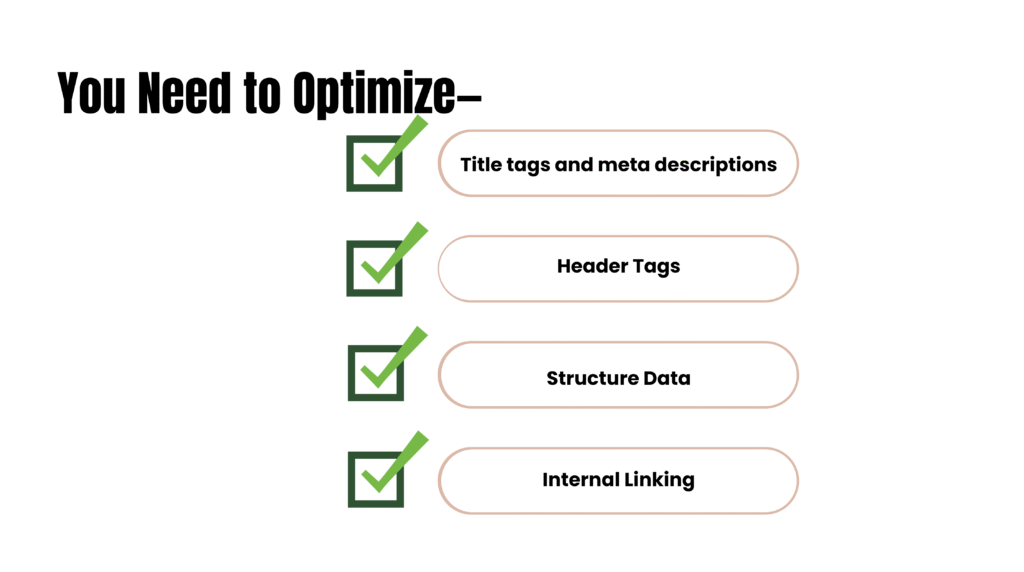
This is part of smart local content marketing that helps search engines understand exactly what you offer and where.
Also Read: Instagram SEO: How to Optimize Your Profile for Discovery
Step 4: Build Local Citations and Directory Listings
Local citations are online mentions of your business name, address, and phone number on directories like Yelp, Justdial, and Yellow Pages. Citation building requires patience. Focus on citation building by submitting your details to trusted local directory listings and industry specific sites. You can not rush through 50 directories in an afternoon and call it done. Take your time to fill out each listing completely and accurately.
Use the same format everywhere. Local directory listings also give you valuable backlinks which we will discuss more in a bit.
Step 5: Gather and Manage Reviews
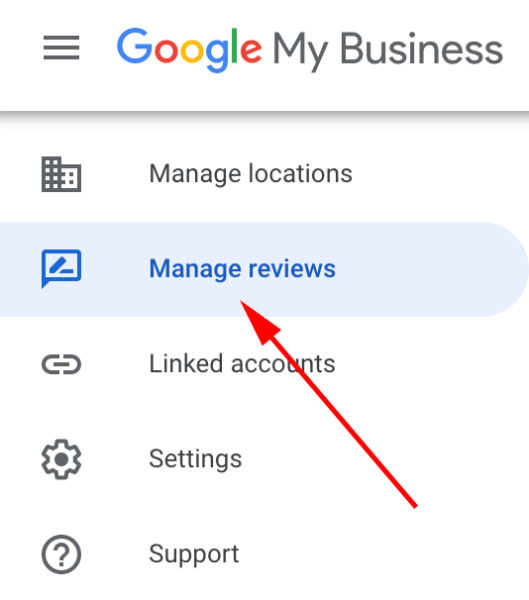
Customer reviews are one of the strongest ranking factors on Google. Encourage your customers to review on Google and other platforms. Reply to every review — positive or negative — to show that you value feedback. Google pays attention to:
- How many reviews do you have
- How recent are they
- The overall rating
- How you respond to them
Here is how to get more reviews without being pushy:
- Ask for review at right time when your customer is in happy mood.
- Send friendly reminder to get review after few days of purchase.
- Respond to every negative or positive review, this shows you care and it is a important part of any local SEO checklist.
- Do not add fake reviews, always go for genuine reviews on Google.
Reviews also feed into your overall local SEO strategy by providing fresh and relevant content that mentions your business and services naturally.
Step 6: Create Localized Content
Content is king in SEO as well as in local SEO. But that does not mean stuffing your content with local city and location names only. This means how you interact with your local audience.
Simple Tips for Creating Location Based Content
1. Make Unique Content for Each Location
- If your business is in multiple cities then write separate content for each one.
- Do not copy/paste, each page should feel fresh and local.
2. Write Longer Content
- Try to write at least 500 words per page.
- If you can go beyond 1000 words even better because Google loves detailed content.
3. Be Creative and Local Focused
- Do not just talk about your products.
- Share local news, events, and trends happening in that area.
4. Use Local Testimonials
- Ask happy customers from each location to share their experience.
5. Use Keywords Naturally
- Include location names and relevant search terms but do not stuff it.
- Write for real people first which makes your content helpful and easy to read.
Step 7: Mobile SEO for Local Businesses
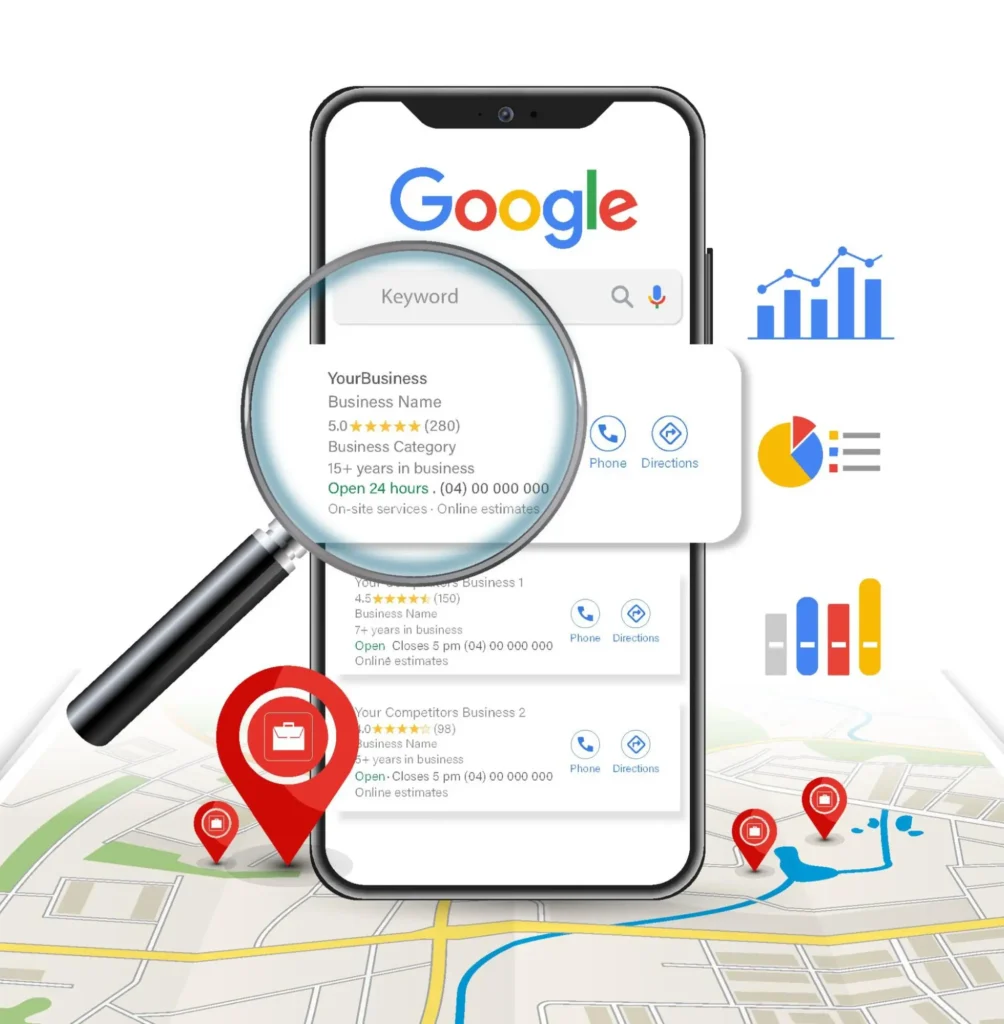
Most people use mobiles to search for something online. Thatswhy mobile SEO is must for local businesses. Ensure your website:
- Loads quickly on mobile devices.
- Has clickable phone numbers and maps.
- Uses responsive design for easy navigation.
Many local SEO services include mobile optimization because it’s that important. If your site is not mobile friendly then you are basically telling half your potential customers to go away.
Step 8: Acquire Local Backlinks
Links from other websites are like vote of confidence in Google’s eye. But not every link is like that. Local backlinks from respected organizations in your community carry serious weight.
Easy Ways to Get Local Backlinks
1. Host Local Events
Organize workshops and meetups and share them on local event websites and calendars.
2. Give Testimonials
Write short reviews for your local suppliers and ask them to feature your testimonial with link to your site.
3. Invite Local Bloggers
Let them visit your store or try your product. They may write about it and link to your website.
4. Post Jobs Locally
Share hiring updates on local job boards. These listings usually include a link to your site.
5. Share News with Local Media
Write short updates about product launches and team growth. Send them to local newspapers or online news sites.
6. Find Mentions Without Links
Search for places where your brand is mentioned online. Politely ask the site owner to add link to your website.
Step 9: Implement Structured Data for Local SEO
Now this step is technical but don’t worry, we will guide you and it will make huge difference. Local business structured data is code you add to your website that tells search engines exactly what information they are looking at. It is like adding labels to everything so Google does not confuse.
You can use Google Structured Data Markup Helper to add local business structured data code into your website.
Step 10: Monitor Your Local SEO Performance
When you follow proper local SEO checklist, the last step is just to follow up on the performance. That’s where local SEO tools come in.
- Google Analytics shows you how much traffic you are getting, where it is coming from, and what people do on your site.
- Google Search Console shows which search terms bring people to your site and how often you appear in search results. It also shows any technical issues that might hurt your rankings.
Check your metrics monthly. Look for trends rather than obsessing over daily fluctuations.
Conclusion
Ranking local businesses on Google is not magic, it’s just following proven process. This local SEO checklist provides you with everything you require to compete and win locally. From optimizing your Google My Business listing to creating local backlinks every process helps your business to appear where it counts most before customers search nearby.
Begin implementing these local SEO checklist today and observe your local visibility and sales increase gradually.

